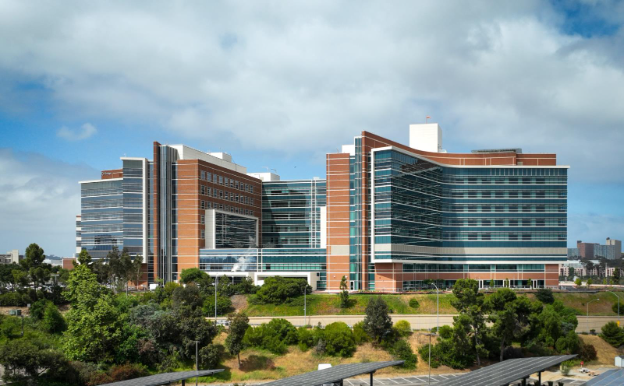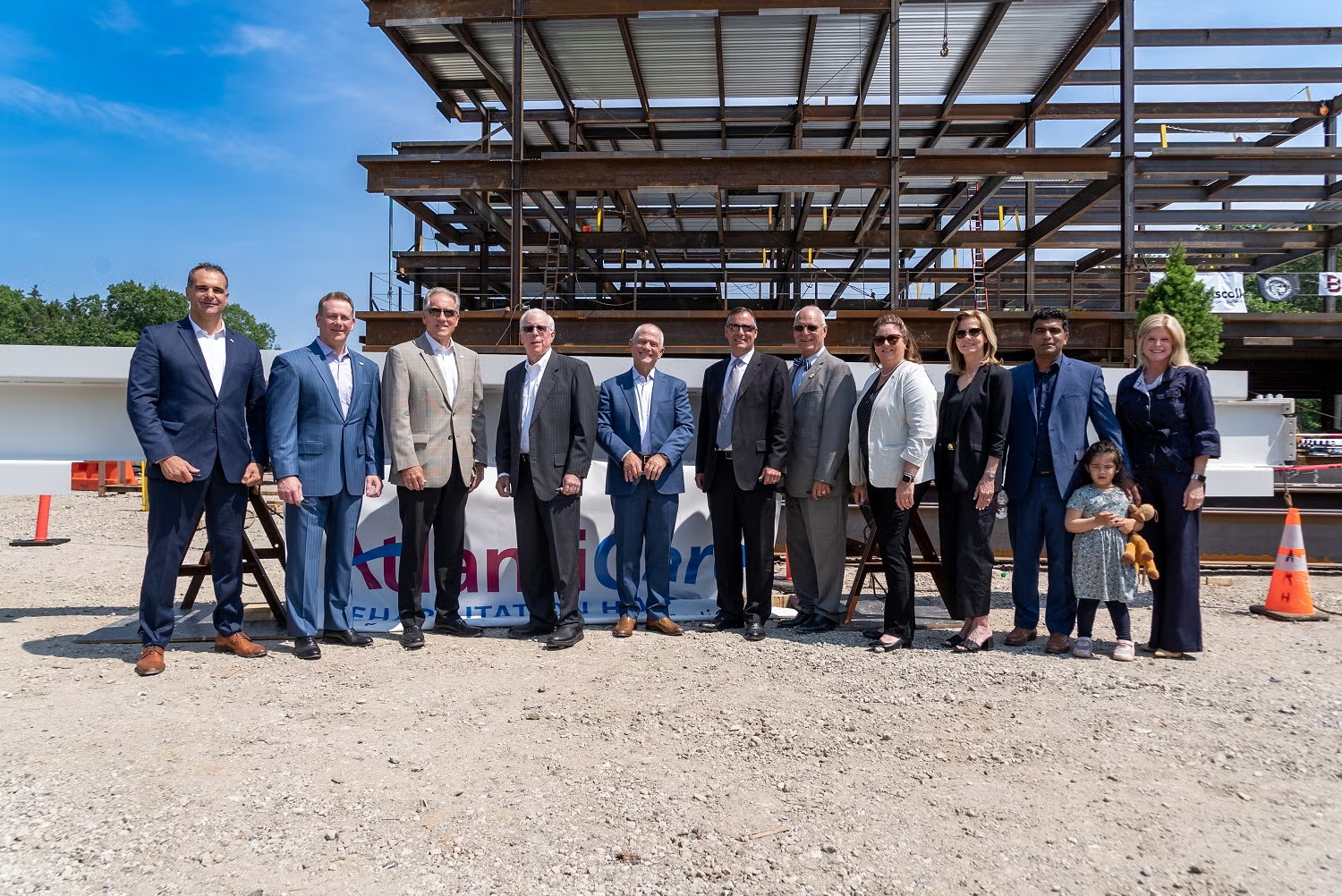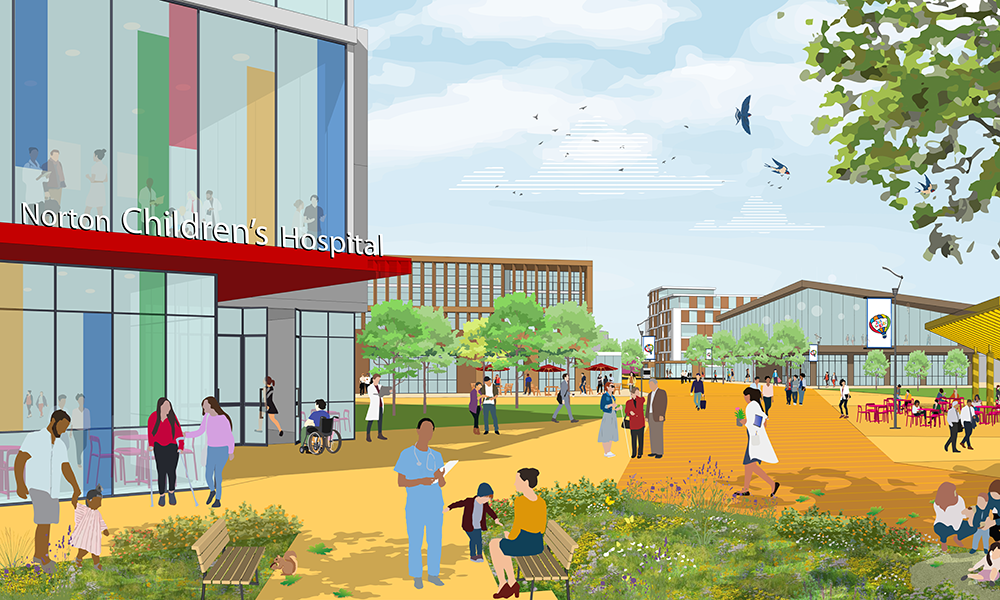BALTIMORE — The Johns Hopkins Hospital in Baltimore recently unveiled its new emergency departments for both adult and pediatric care on April 29. The new facilities replace the previous outdated pediatric and adult emergency centers and open their doors to what officials call modern and updated emergency departments.
“The new emergency departments have been designed and will be operated so that patients and their families find a welcoming, comfortable environment, and our physicians, nurses and other health care providers can do what they do best, with everything close at hand,” said James Scheulen, chief administrative officer for the Department of Emergency Medicine.
The adult emergency rooms will be located in the Sheikh Zayed Tower and pediatric emergency services will be in the Charlotte R. Bloomberg Children’s Center, located adjacent to the new $1.1 billion main hospital and children’s hospital.
The new facilities can be reached via two new, enclosed, security-protected footbridges that connect the Zayed Tower and Bloomberg Children’s Center to a public parking garage, and will also share a new ambulance area designed to fit 28 ambulances.
The ambulance area is located outside of an entrance reserved for paramedic crews to transfer patients and give them privacy and rapid access to doctors and other emergency staff.
The new and larger emergency department is also designed to provide patient privacy in a modern and high-tech facility and also provide comfort to both adult and pediatric patients. The 35,000-square-foot adult emergency department is three times the size of the previous ER and includes 67 private rooms, a new family lounge area and private consultation rooms. The new pediatric emergency room is double the size of its previous facility, with 32 private exam rooms.
“The children’s ED has a welcoming, modern, child-centered design, with state-of-the-art technology that facilitates best practices by our physicians and nurses, who are specially trained in pediatric emergency medicine,” said M. Douglas Baker, the hospital’s director of Pediatric Emergency Services. “We also have access to a full array of pediatric specialists 24/7.”
In addition to the new emergency departments, a new 17-bed Emergency Acute Care Unit (EACU) is now open to monitor very ill adult patients. The EACU is located adjacent to the new emergency departments rather than in a building separated from them as is the case with the previous emergency departments. The new location of the EACU and emergency departments aims to improve physician consultations and quick movement of emergency doctors, nurses and others between units and patients.
The emergency departments also feature six trauma rooms equipped with the latest critical care technology, according to hospital officials. Four of the rooms are designated for adults and two for children, but the rooms have been designed so they are clinically “flexible” and able to accommodate adults or children, officials said.
Also new is an expanded radiology suite, including x-ray and CT scanning equipment as well as MRI and ultrasound equipment.
Incorporating MRI and ultrasound diagnostics into the suite shared between the two emergency departments will reduce the need to transport patients to other units for critical diagnostic tests, speed test turnaround time and results, and hasten the start of treatment and/or admission, according to Peter Hill, clinical director of the emergency department.





